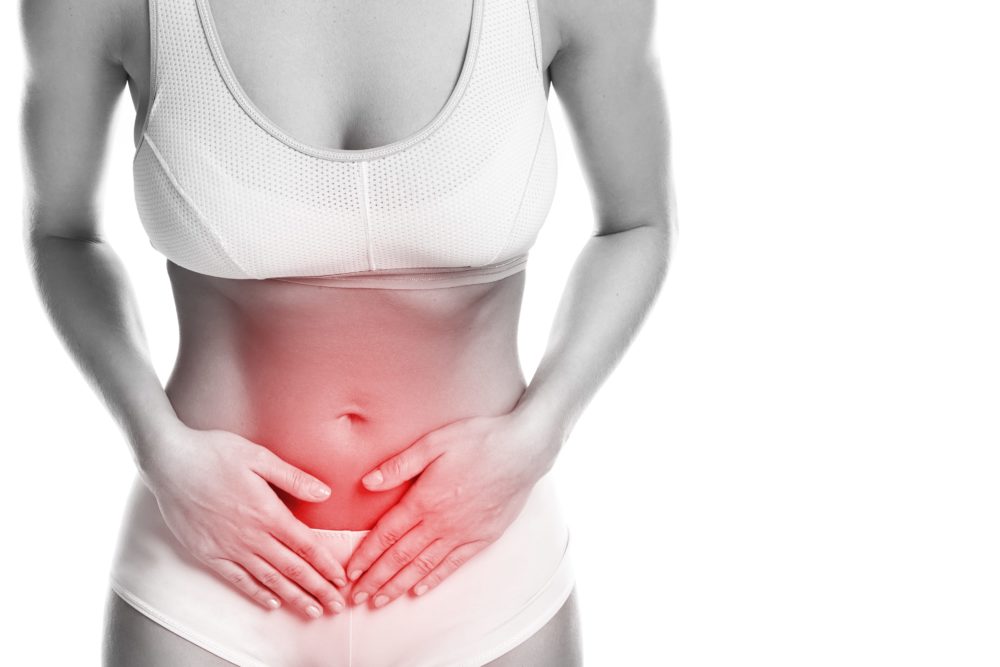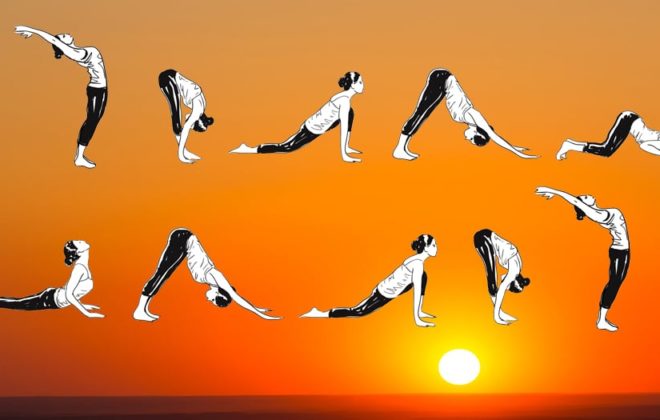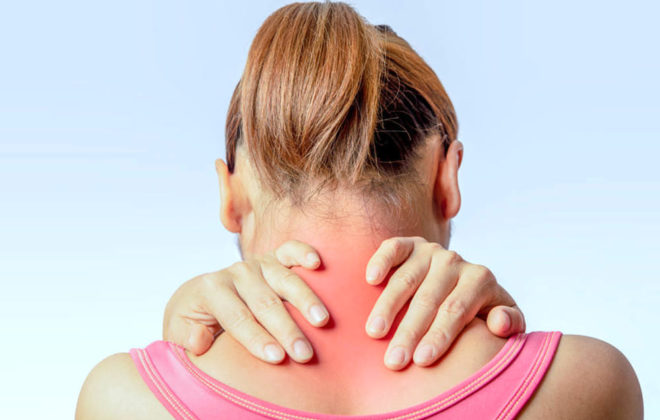The usefulness of Yoga for cystitis
PROBLEMS OF CYSTITIS?
HERE’S HOW YOU CAN CURE AND PREVENT IT WITH YOGA
Winter has arrived and the first colds and with it often frozen feet that can cause frequent urination. In this case, it is usually enough to dress warm and wrap yourself in a blanket, and finally a warm bag on the lower abdomen and the symptoms disappear.
Another case presents bacterial cystitis. Generally bacterial cystitis, which we are going to examine, occurs when the bladder becomes inflamed, in an acute or chronic way, due to intestinal germs that colonize the vagina. Some microorganisms such as Escherichia coli, Proteus, or Enterococcus, reach the bladder by going up from the urethra, the duct from which urine comes out, which in women is 3-5 cm long, compared to 13-16 cm in men ( the explanation of why bacterial cystitis mainly affects women).
Nutrition in case of cystitis:
The main nutritional indication in cystitis is to avoid refined sugars: if the cystitis is bacterial in nature, the proliferation of bacteria is favored by sugar.
To maintain a good intestinal balance and an adequate bacterial flora it is absolutely necessary to reduce industrialized foods such as sugary drinks and packaged fruit juices, alcohol, coffee, cheeses and sausages.
A diet rich in fiber and whole grains is preferred, and with fresh seasonal fruit and vegetables.
YOGA IN CASE OF CYSTITIS:
An extremely useful posture is Mala-Asana, the garland. On a symbolic level, the wreath is given as a gift to the master / Guru and the deities are adorned, or simply as a gift to the wife for the hair.

Standing upright, feet shoulder width apart. Inhaling, raise your arms extending them forward and grab your hands between them. Exhaling, flex the knees opening them a little and with the pelvis go down towards the ground without touching it and without lifting the heels (if they remain a little raised put a folded blanket under). Arms extended forward counterbalance the descent. The asana can be held with the hands folded in front of the chest and the forehead resting on the tips of the fingers. The full version brings your hands behind your ankles, with your palms on the ground, as in the photo. The arms and shoulders remain inside the knees.
Maintain 5 to 30 breaths or more. You can also do it during the acute phase of symptoms.
Slowly dissolve the position by bringing the pelvis to the ground and then lie down on the ground, relaxing and still perceiving the echo of the asana.
With gratitude
Sabine
Categories
- Senza categoria (10)



